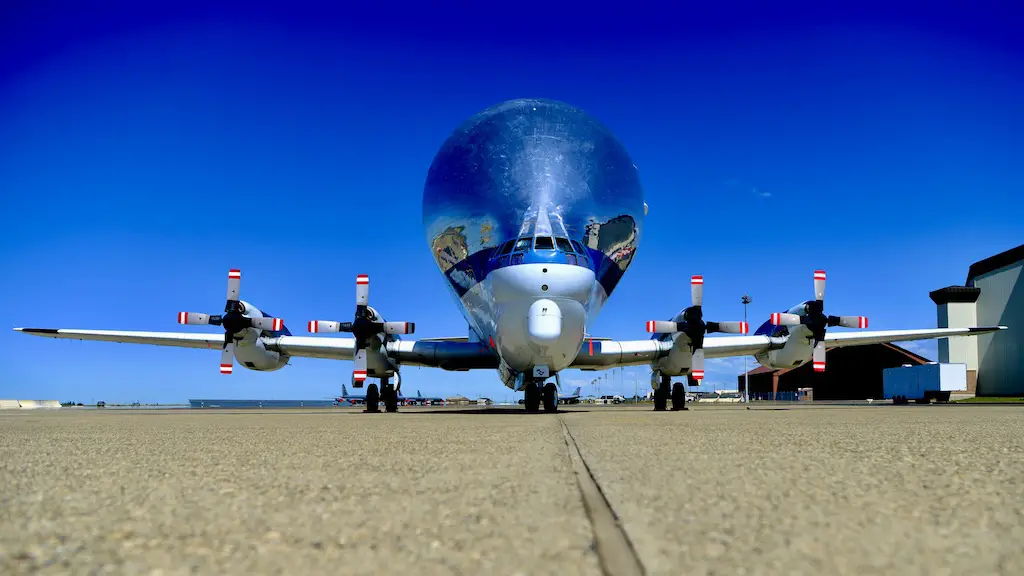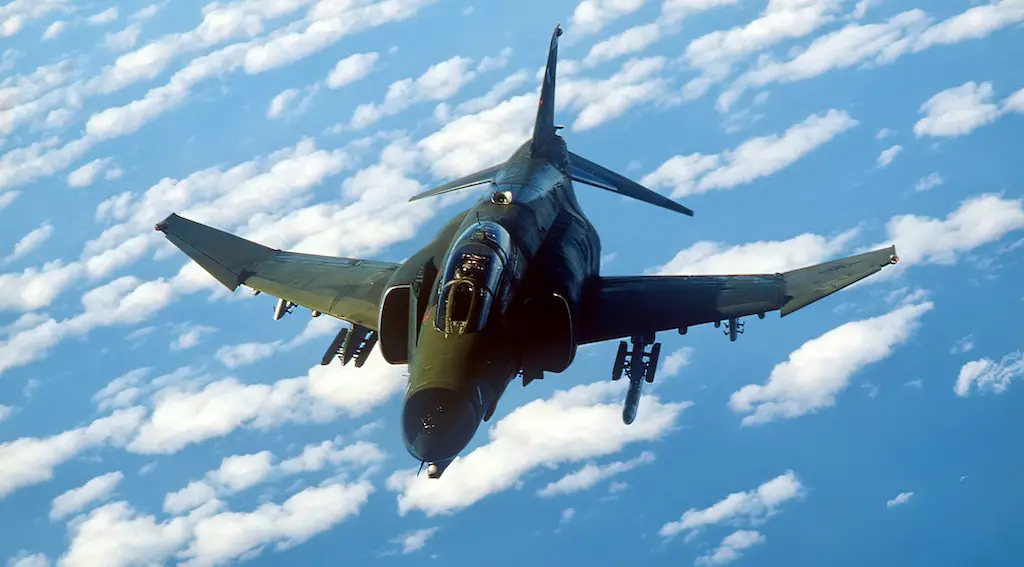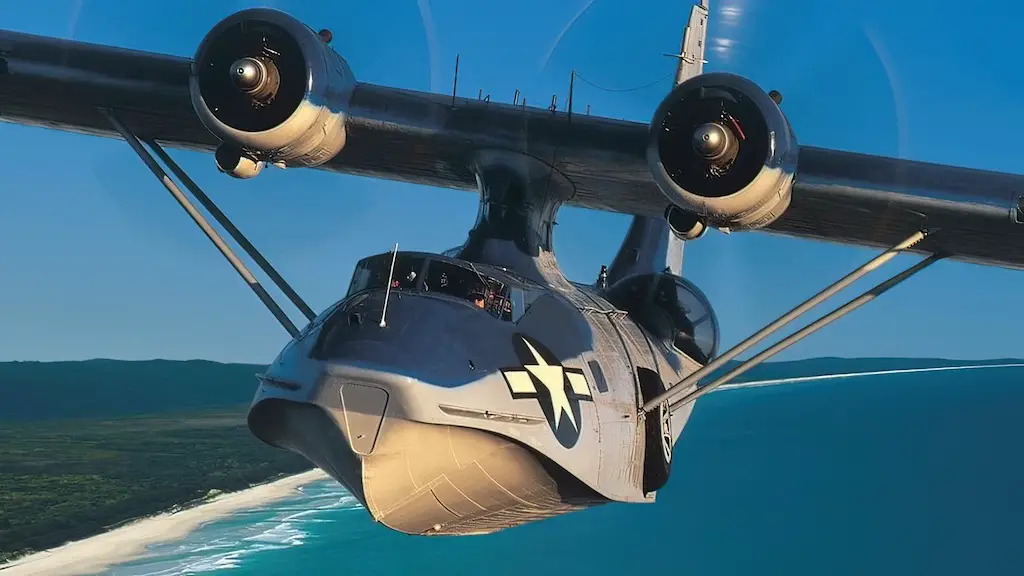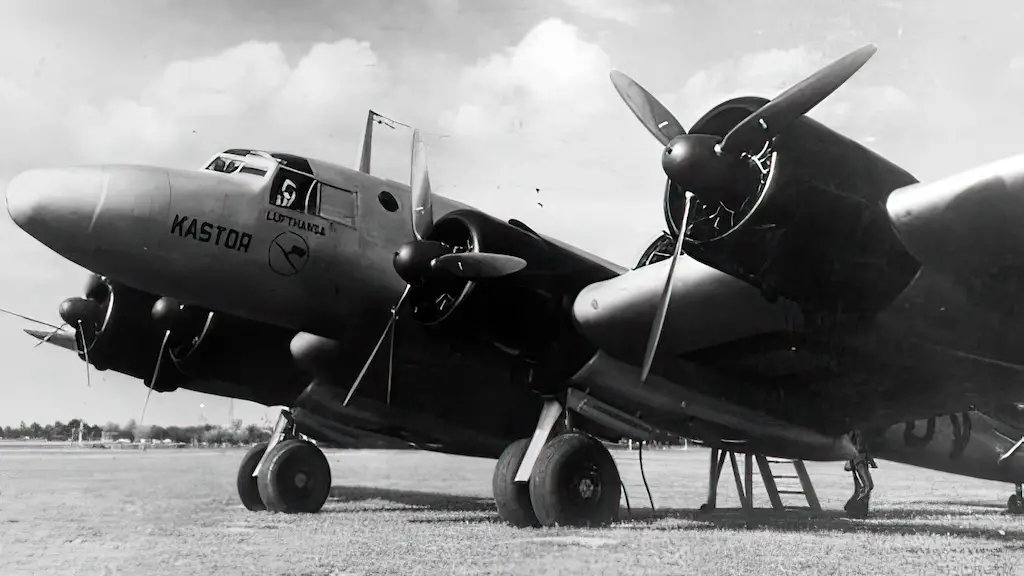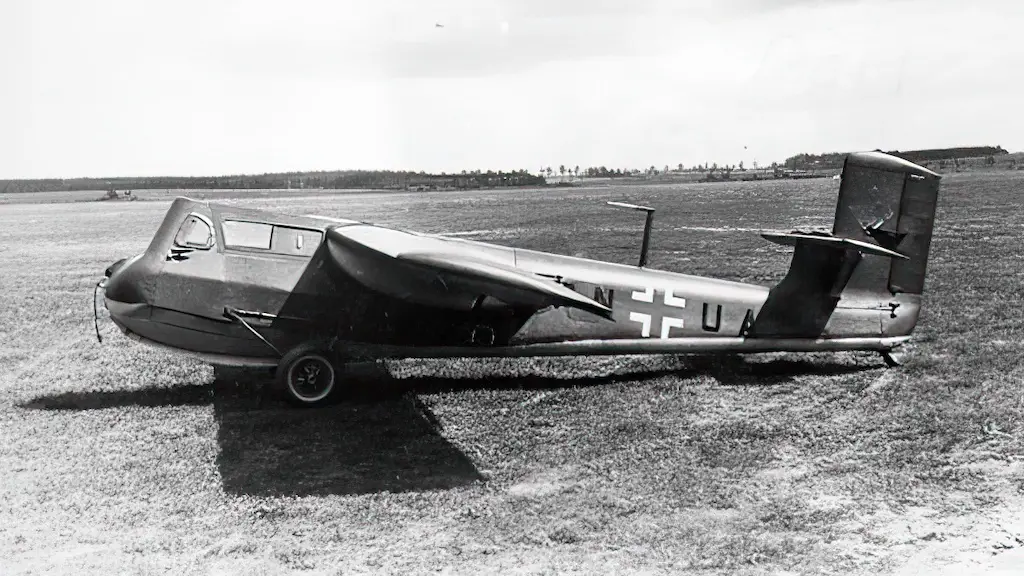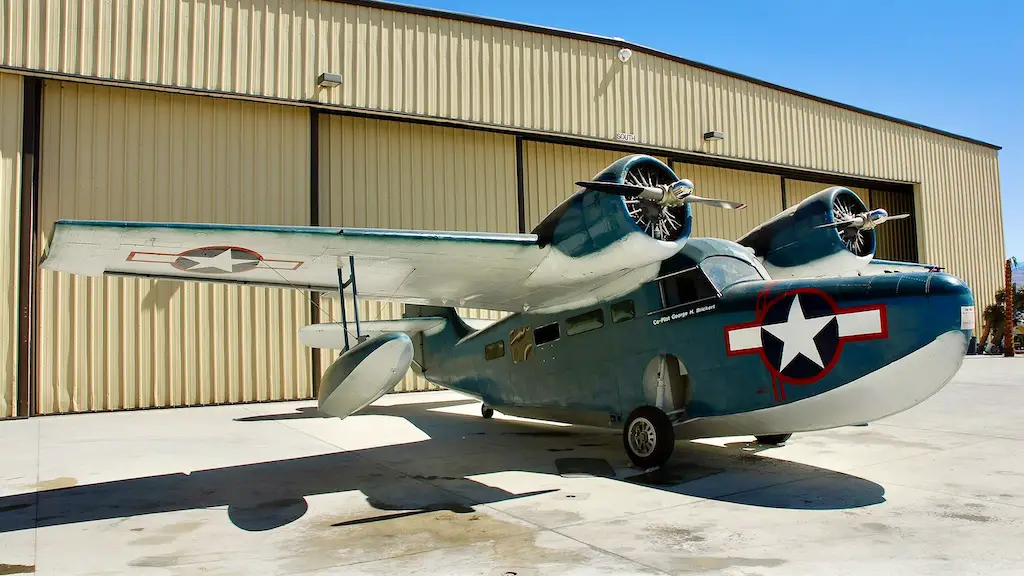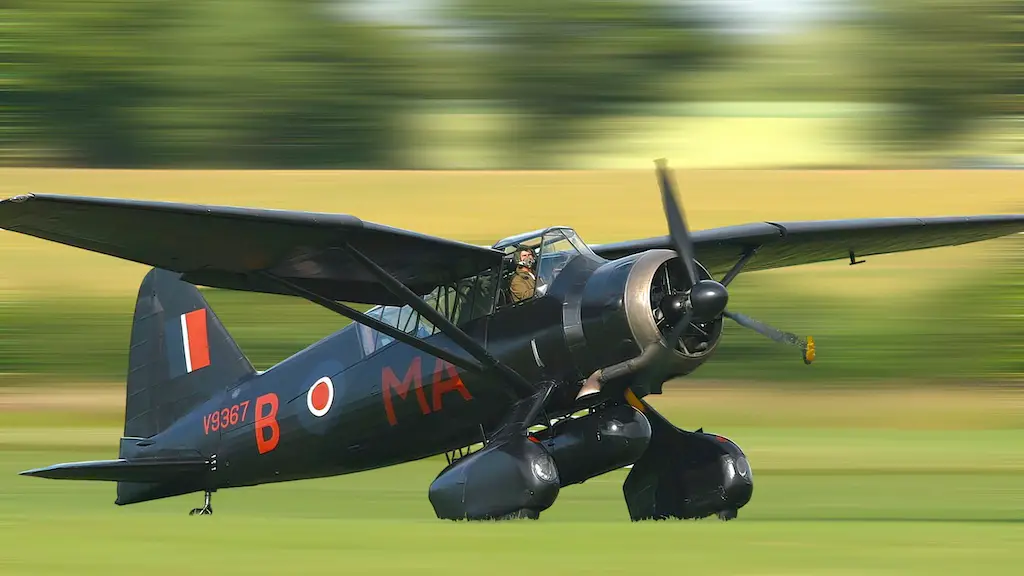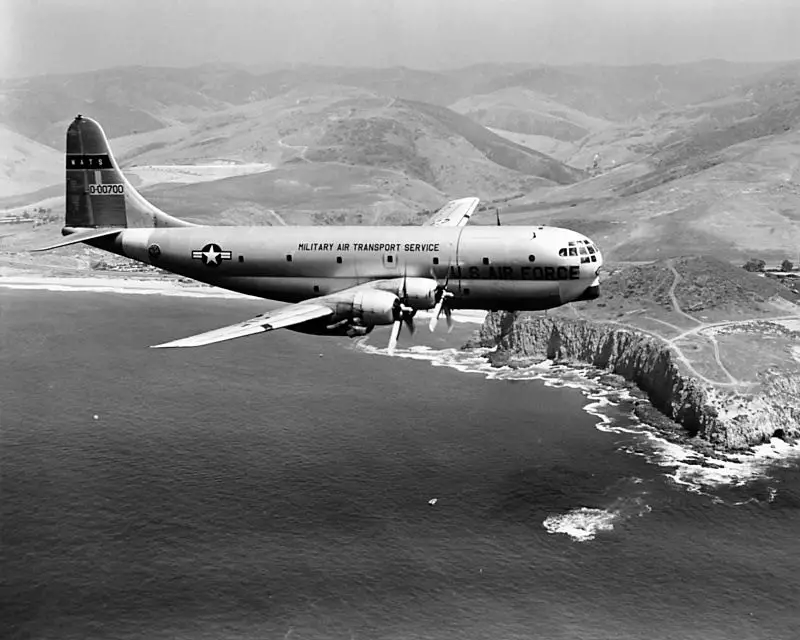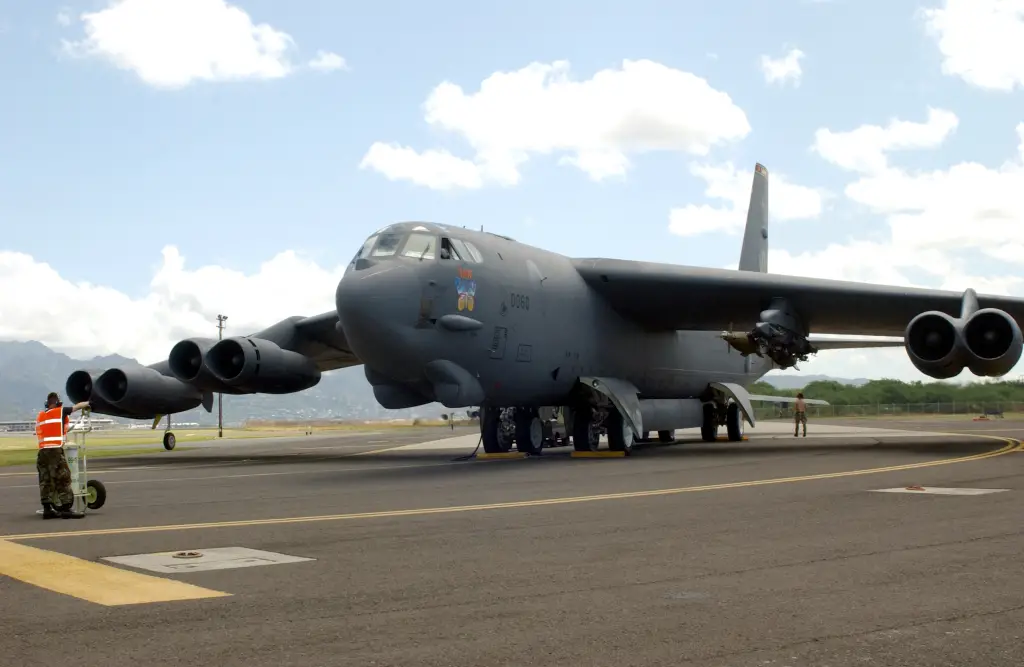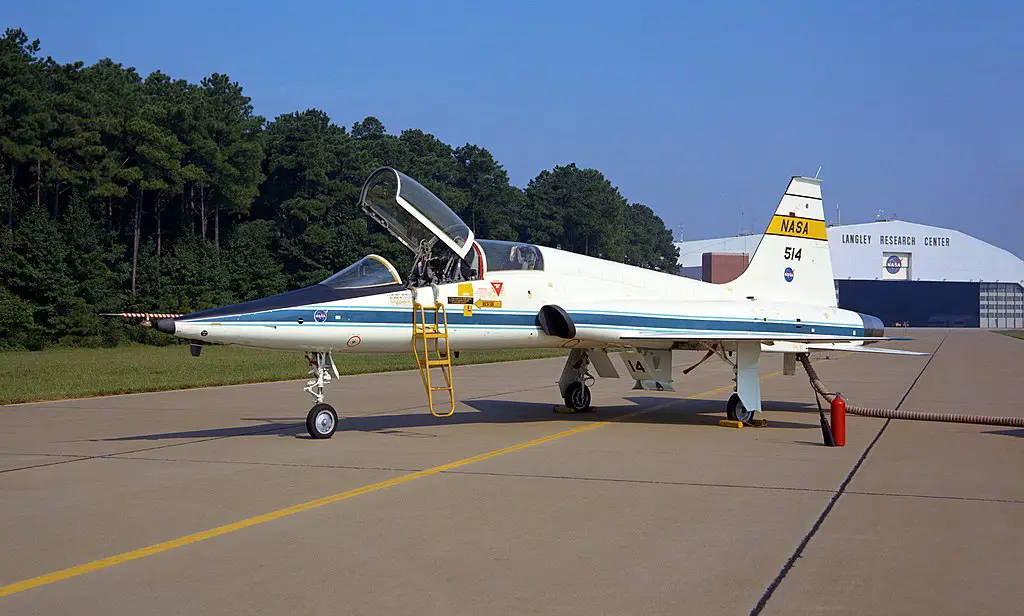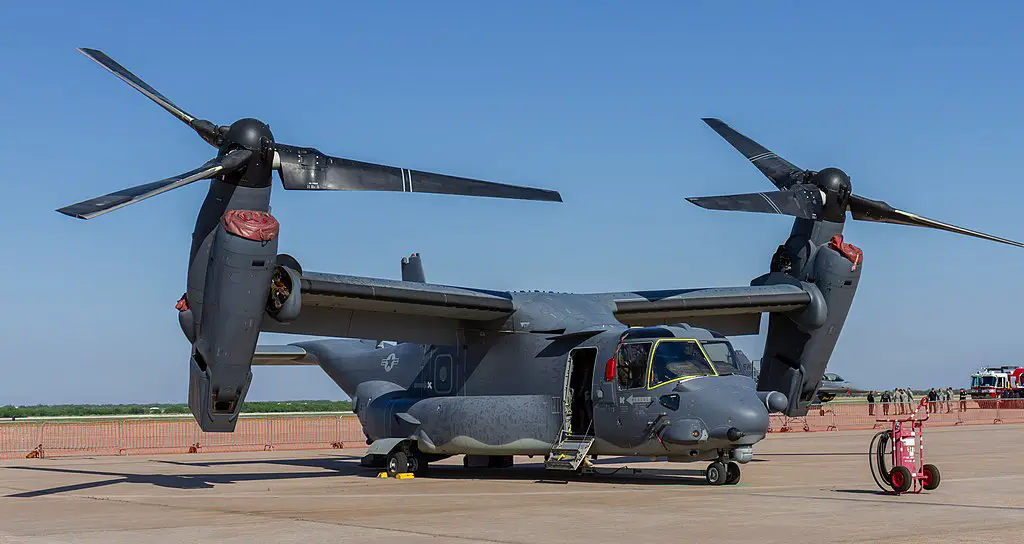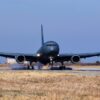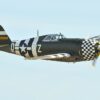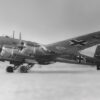A Good Fit for the job
When industry requires practicality over aesthetics, you end up with the Super Guppy. Just imagine the face of the test pilot when they were shown the aircraft… While you’re at it, imagine the engineers giving it retractable landing gear to make it more aerodynamic. We can do this all day; this aircraft is simply too funny. However, is it ugly? Yes! Is it the only aircraft fit for the job? Also yes!
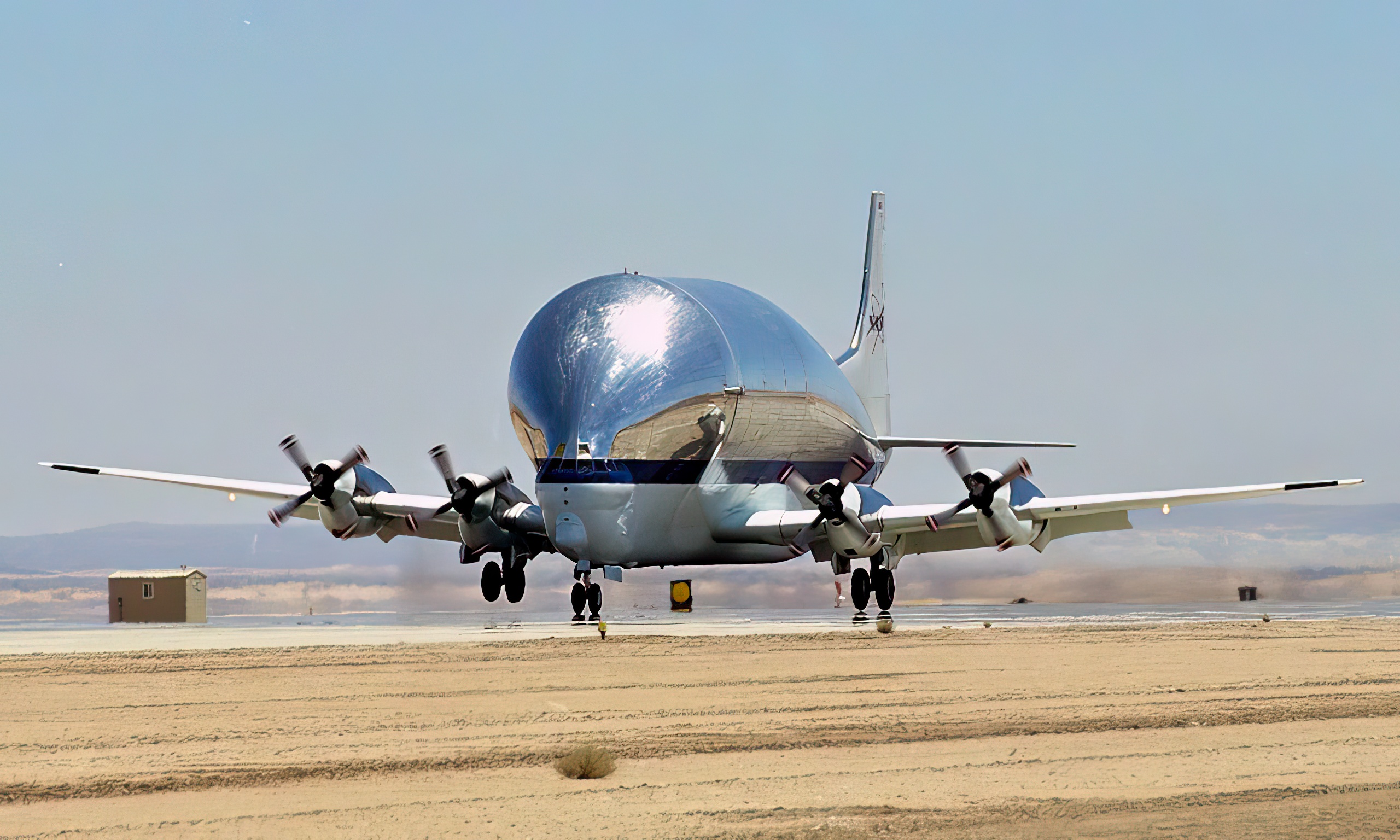
The First Guppy
NASA has been using the Super Guppy for years to transfer heavy cargo across long distances that would otherwise be challenging. However, many readers might not be aware that the first Super Guppy was constructed solely using the C-97J Turbo Stratocruiser’s fuselage, which is almost as old as the first B-52 bombers.
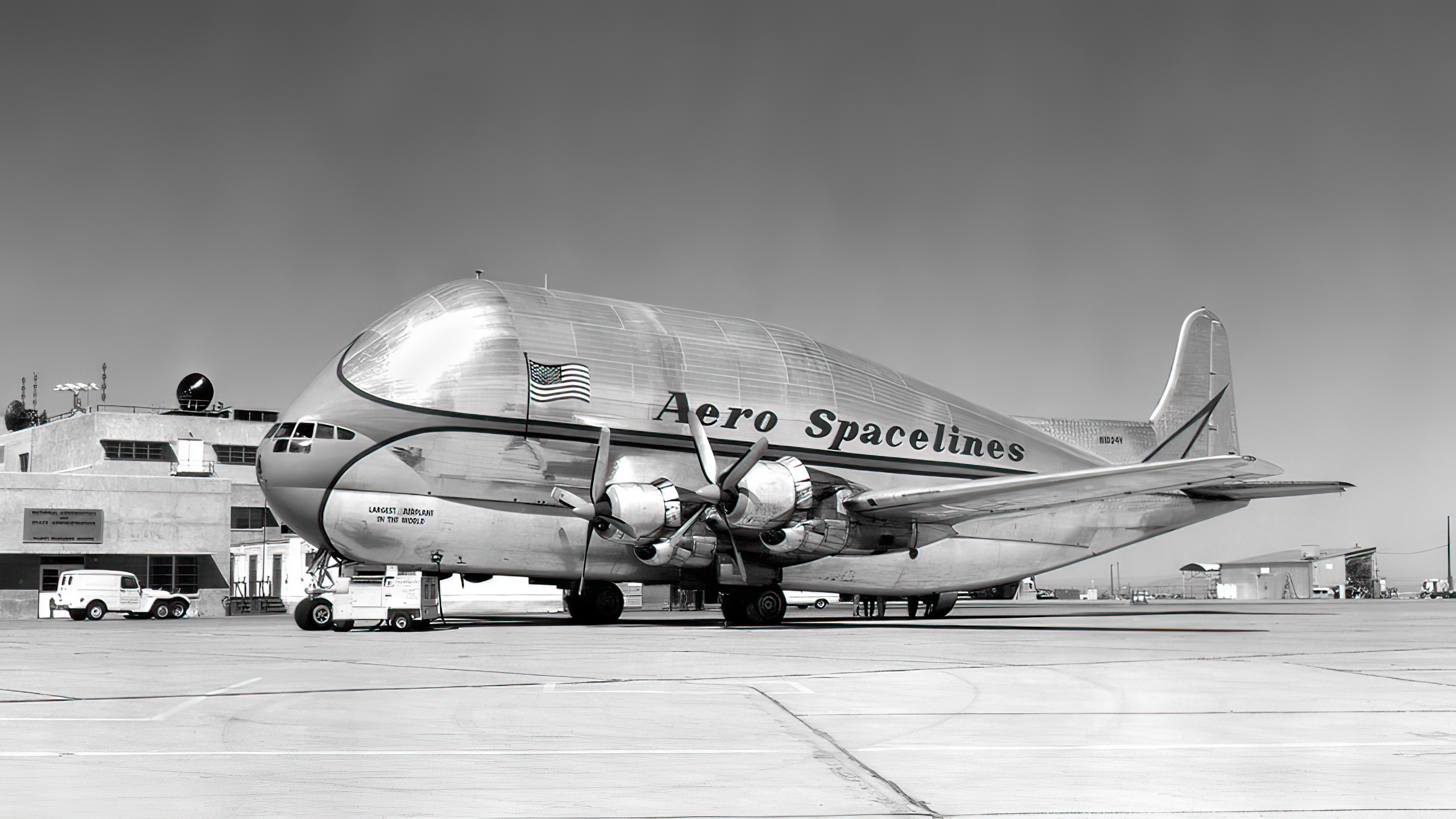
The length of the cargo compartment was 94 feet 6 inches, and the original C-97J fuselage was stretched to 141 feet and blown out to a maximum internal diameter of 25 ft. Still, the cargo area’s floor was just 8 feet 9 inches broad. The Super Guppy featured redesigned wing and tail surfaces in addition to upgraded Pratt & Whitney T-34-P-7WA turboprop engines for improved power and range. It could travel at a speed of 300 mph and carry a payload of 54,000 pounds.
Make it Bigger!
Because of the program’s success, ASI released a bigger version of the aircraft in 1965. This concept, known as the “Super Guppy,” included a 25′ diameter cargo bay, stronger engines, a pressurized cockpit, and a hinged nose for more straightforward cargo loading. Up until 1979, ASI owned and operated this aircraft; NASA then bought it from them. The original Super Guppy flew more than three million miles during its 32-year career supporting NASA’s Apollo, Gemini, Skylab, and International Space Station projects.
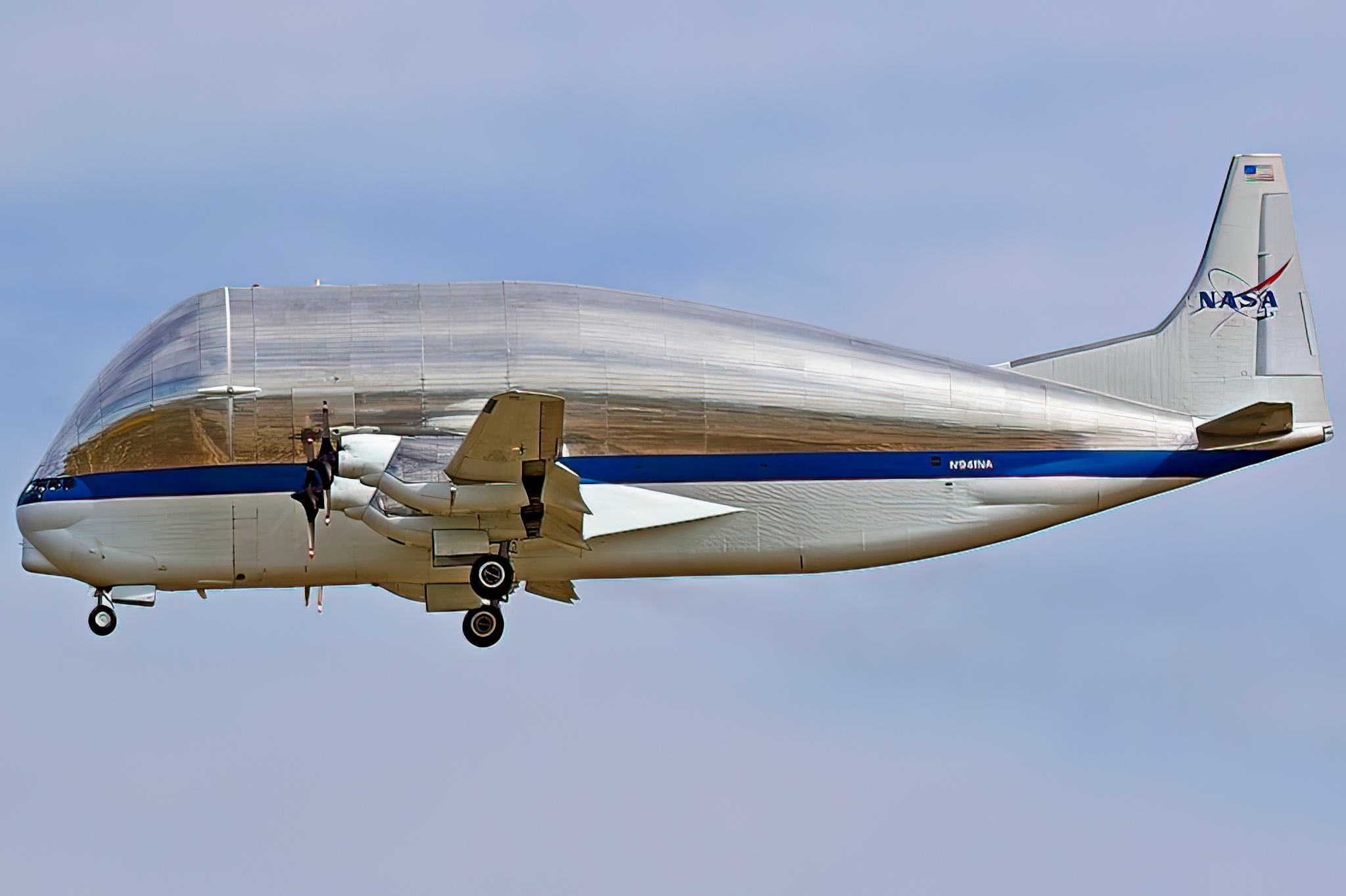
Super Guppy Turbine (SGT)
Only four of the Super Guppy Turbine (SGT) generation of Guppy aircraft were ever built. The most significant change from its predecessors was the switch to the more dependable and widely accessible Allison T-56 turboprops. During the 1970s, 1980s, and 1990s, the SGTs transported Airbus fuselage components and other huge airplane pieces from several European subassembly facilities. Airbus Industries operated them after buying them (and the manufacturing rights) from ASI.
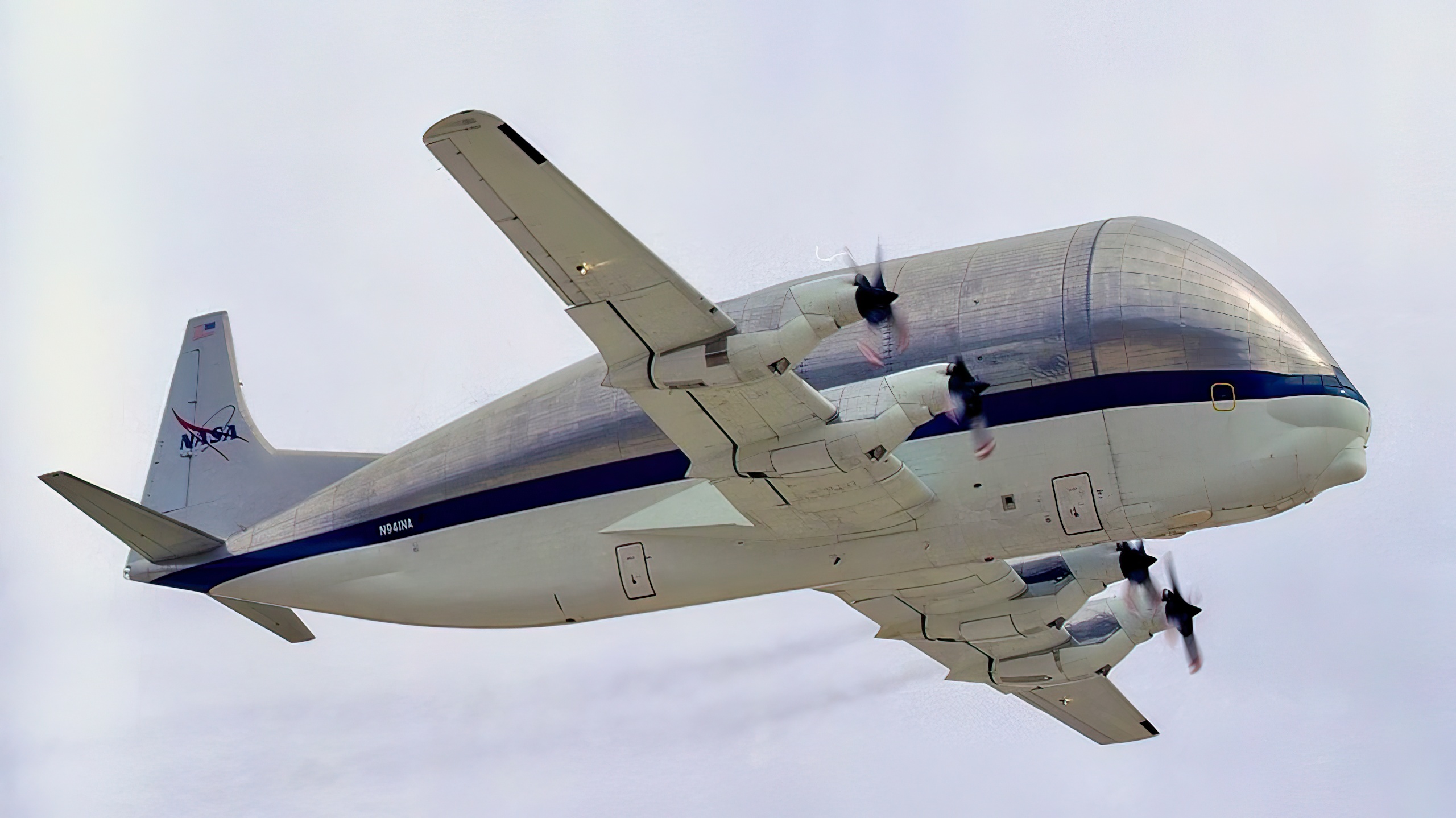
NASA obtained SGT number 4 to replace their outdated Super Guppy when Airbus retired its fleet in 1997 thanks to a barter deal with the European Space Alliance for the International Space Station.
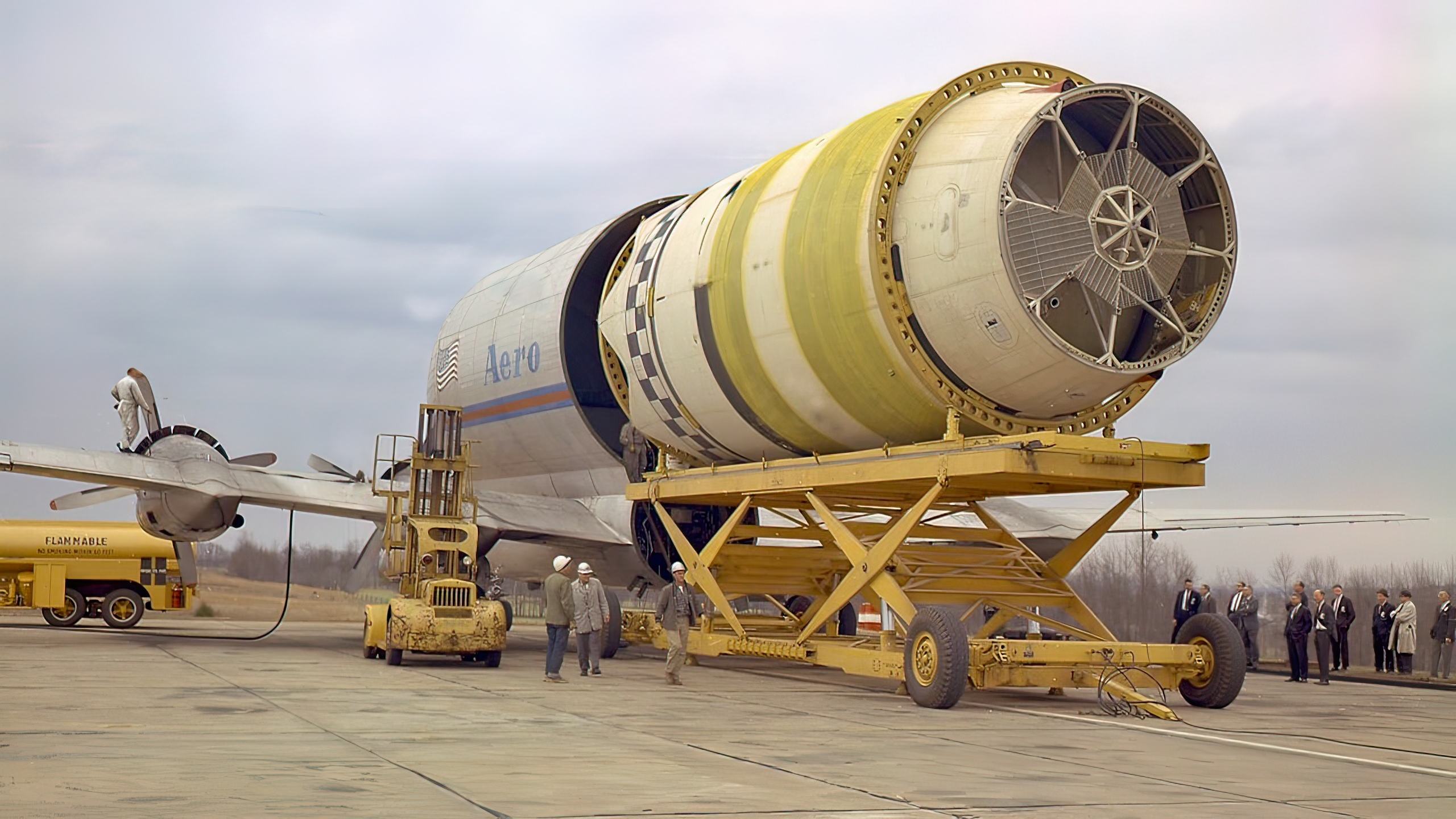
Still going strong!
The NASA Super Guppy Turbine still serves in the country’s space program today, but other government agencies have become interested in it due to its distinctive characteristics. The Guppy has been moving big components and aircraft across the continent in recent years, notably T-38s for the Air Force and V-22s for the Navy, in collaboration with the Department of Defense and government contractors. The Super Guppy is still one of the only viable possibilities for huge cargo, even though most of the glory of America’s space program may have passed it by.

